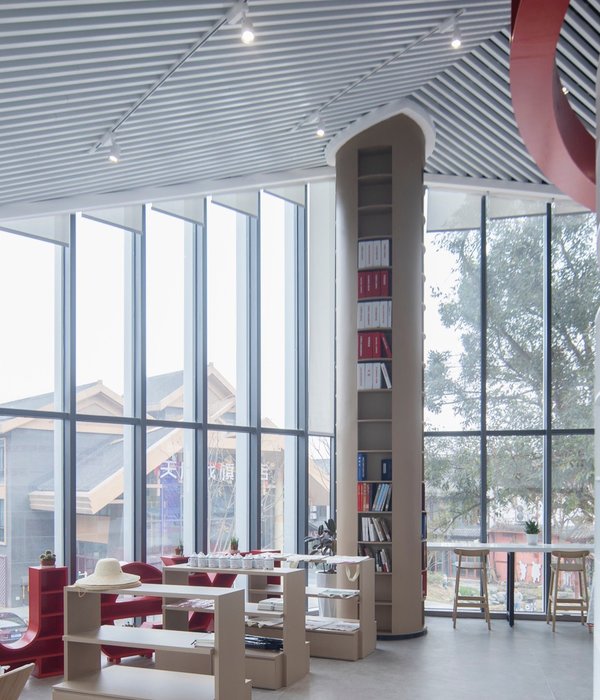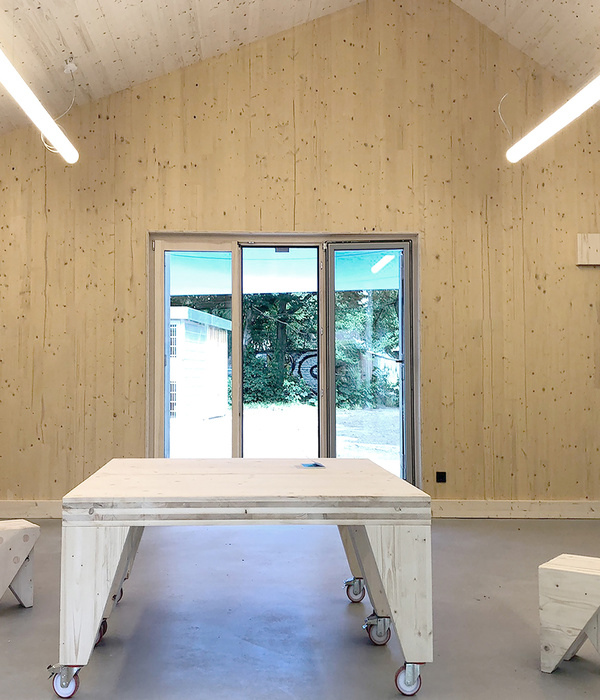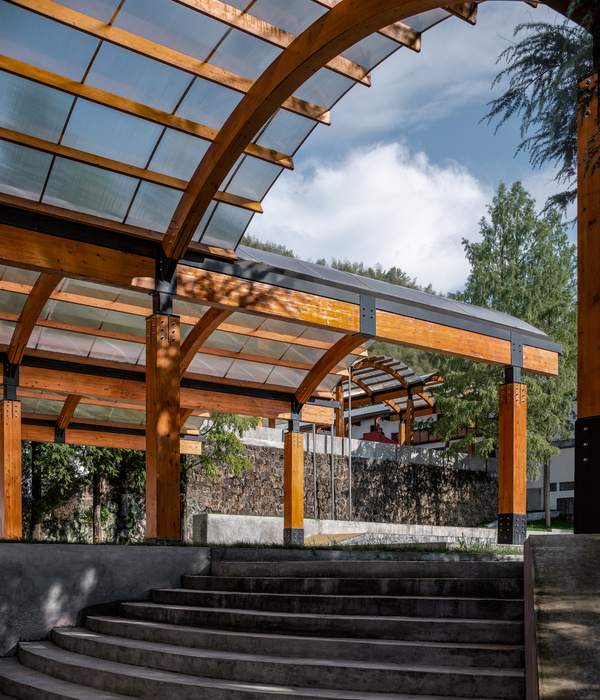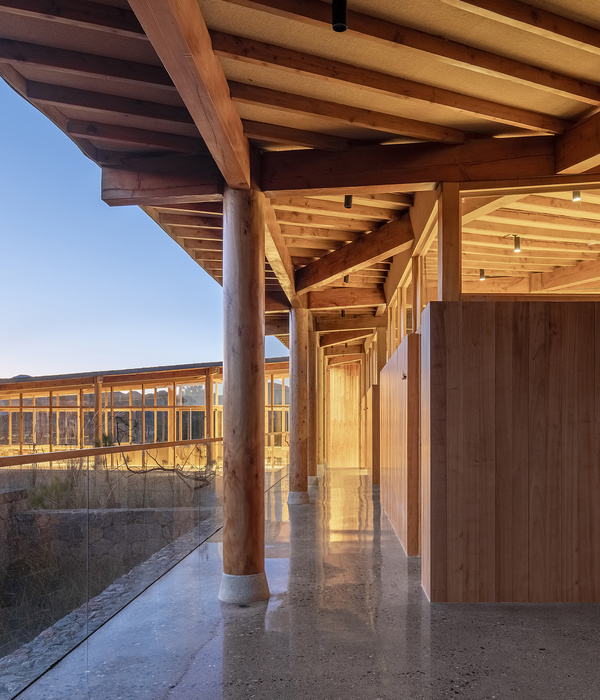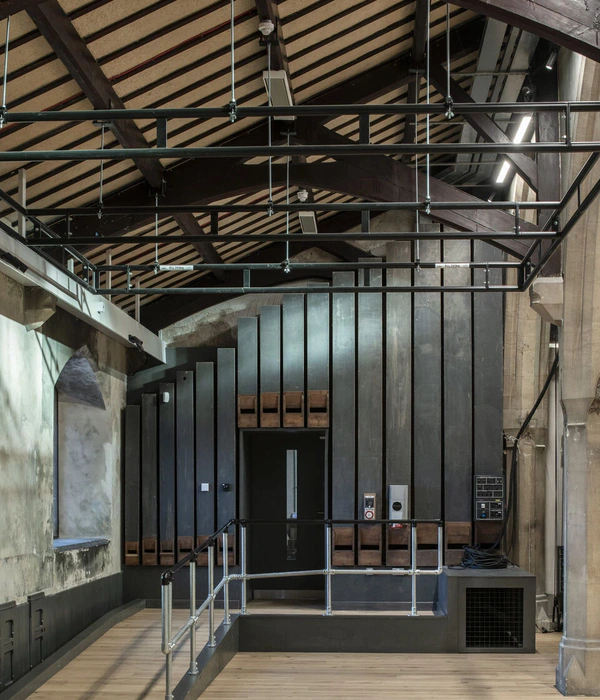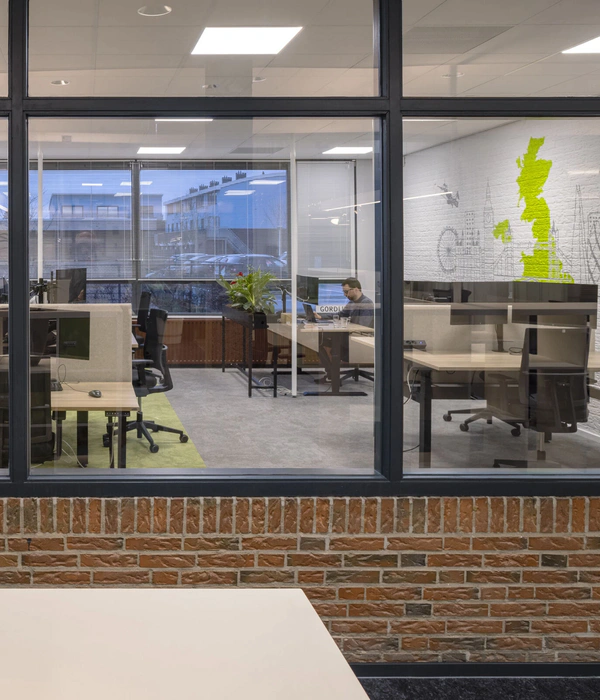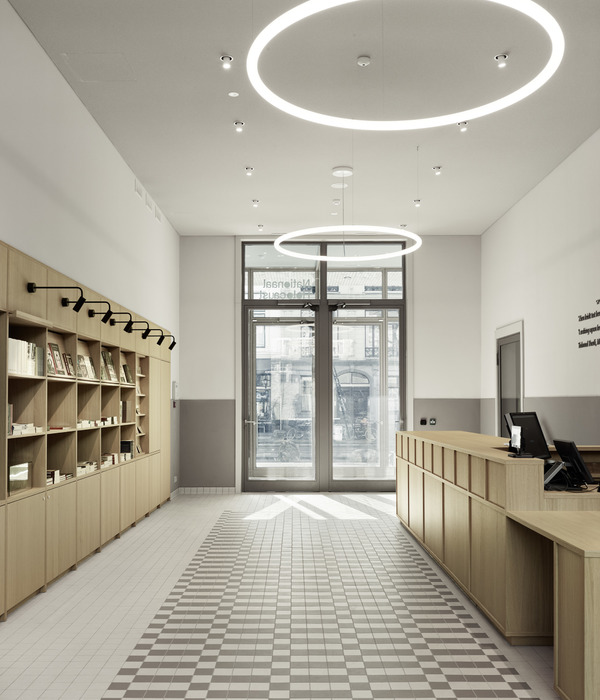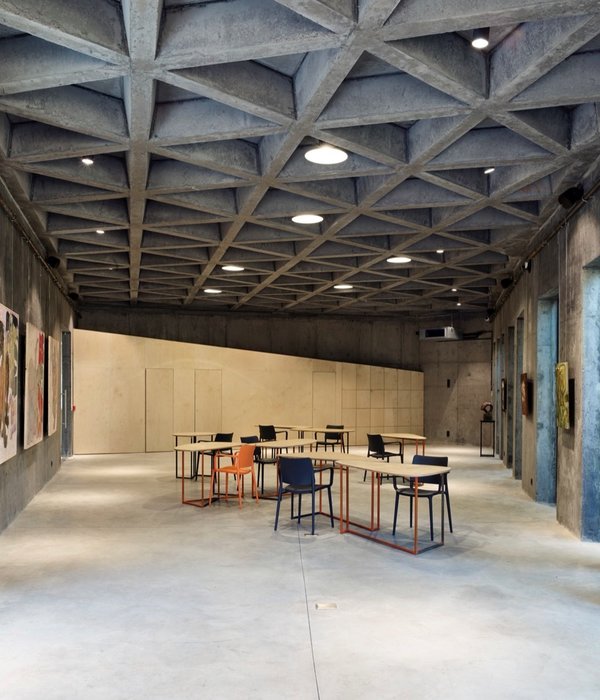It all began with an invitation from artist Elly Van Eeghem, at a time when there was no mention of an architectural competition for the church. The project started with a participatory exploration of Malem, a garden city near
. At the time Malem was transforming due to vacant spaces. Elly sought architectural input for an artistic project envisioning the future city. Plano architecten engaged in a year-long participatory process, co-creating public space and gaining a deep understanding of the neighborhood.
At the end of the project, Malem's church was sold to Circusplanet, prompting a design competition. Plano architecten, armed with their contextual knowledge, won the competition with a participatory approach. The church had a fundamental role in important moments in the lives of the locals. They aimed to respect this sensitive matter while, at the same time, trying to understand the neighborhood's needs. In addition to the formal context, the human context is also crucial in this project.
In this case, Circusplanet, as the end user, was challenged and encouraged by the design team to go beyond being just an open church incorporating their circus school. This call was gladly answered. Together they delved into the world of circus through extensive research and visits to existing circus schools in Bristol and Paris.
A solid building like a church is automatically an introverted building. So, one of the first interventions was to permanently open the heavy oak gate at the front. This was possible by placing a glass door two meters deeper into the entrance of the building, raising curiosity and inviting people to enter. Another initial intervention involved opening the foyer to the adjacent school.
Churches inherently have a certain aura, and the aesthetics of such buildings are highly valued. Therefore, the goal was to preserve as much of Malem’s church as possible and enhance its unique aspects. The requested program was realized with small, reversible interventions.
The large open hall, where they can practice and perform, is designed to be very functional and flexible. With the polished concrete floor and steel rig structure, the hall serves as a neutral canvas for performances, enlivened by theatrical elements. The rig structure blends seamlessly with the lines of the ceiling and is used to attach technical elements needed for performances. The addition of walls for separate changing rooms and a glass wall for thermal and acoustic separation exemplifies the meticulous design choices.
The reception area is conscious of human scale and makes it feel very pleasant. The designer saw possibilities in a versatile use of Malem’s church, resulting in the foyer serving as a cafeteria for the neighborhood when there are no performances. The offices are located in the extended choir, offering a secure setting and a different perspective of the church.
The project's success led to the church's integration with the neighboring school, also outsourced through an architectural competition, won by NERO Architects. This collaboration breathed new life into the neighborhood, emphasizing the architects' commitment to the social context.
{{item.text_origin}}




